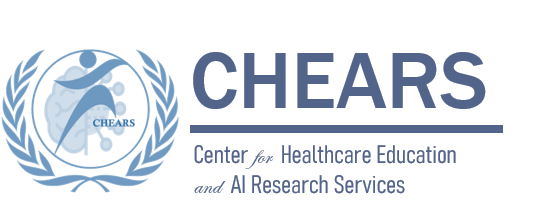
What is Tuberculosis?
Tuberculosis or TB is a bacterial infection, which commonly affects the lungs (Pulmonary Tuberculosis). Although the bacteria can spread through the blood stream and affect other organs in the human body (Extrapulmonary Tuberculosis).
What is the cause of tuberculosis?
As already said tuberculosis is a bacterial infection, the bacterium named Mycobacterium Tuberculosis is the cause of this disease.
How the bacteria get transmitted?
Tuberculosis is transmitted from one person to another through airborne droplets from the infected individual when they cough, sneeze or spit.
What are the symptoms of tuberculosis?
What is the diagnostic test for tuberculosis?
What are the types of tuberculosis?
They are 2 types of tuberculosis:
What is Drug- resistant tuberculosis?
Drug-resistant tuberculosis is caused by Mycobacterium tuberculosis organisms that are resistant to the drugs normally used to treat the disease. They are of two types:
How tuberculosis is treated?
Tuberculosis is treated with antibiotics. Drug treatment is continued for atleast 6 months and up to 2 to 3 years for some cases of multidrug-resistant tuberculosis.
a) Treatment for Latent Tuberculosis:
There are 3 treatment options:
I. Isoniazid: It is the preferred treatment for latent TB which is generally given for 9 Months.
II. Rifampin: It can be used when Isoniazid resistance is suspected or when the patient cannot tolerate Isoniazid. It is given for 4 Months.
III. Isoniazid/ Rifapentine: It is given for a period of 12 week. This regimen is an equal alternative to 9 months of daily isoniazid for treating latent tuberculosis infection.
b) Treatment for Active Tuberculosis:
The antibiotics used for the treatment of active tuberculosis are:
· Isoniazid
· Rifampin
· Pyrazinamide
· Ethambutol
The standard active Tuberculosis treatment regimen is Isoniazid, Rifampin, Pyrazinamide and Ethambutol for 2 months, followed by isoniazid and rifampin for 4 months.
c) Treatment for Multidrug - Resistant Tuberculosis (MDR-TB):
If the bacteria is resistant to drug, the aim is to introduce two or more active medications that the patient has not received previously. For MDR-TB, no standard regimen can be proposed.
If the organism causing TB does not respond to the effective first- line agents (i.e. Isoniazid, Rifampin, Pyrazinamide, Ethambutol) then the patient will be treated with a combination of second-line drugs for a longer period (i.e. 2-3 Years).
The second-line agents are:
The drug resistance can be suspected in the following situations:
· Patients who fail therapy or relapse after treatment
· Patients known to be exposed to MDR- TB cases
· Patients who still have positive cultures after 2 to 4 months of therapy
· Patients who still have acid fast bacilli- positive sputum smear after 2 months of therapy.
· Patients who have received prior therapy for tuberculosis.
Can tuberculosis be cured?
Yes, Tuberculosis is curable. But remember tuberculosis can be fatal. Therefore, finishing treatment and adherence to the prescribed regimen is the only way to cure tuberculosis completely.
Whether monitoring is needed for the patients under tuberculosis treatment?
Yes, Monitoring and evaluation of therapeutic outcome is highly needed for the patients taking Anti-tuberculosis drugs.
How to prevent the spread of tuberculosis?
Patients with active tuberculosis can infect other persons. In order to prevent, you should follow the below mentioned points:
